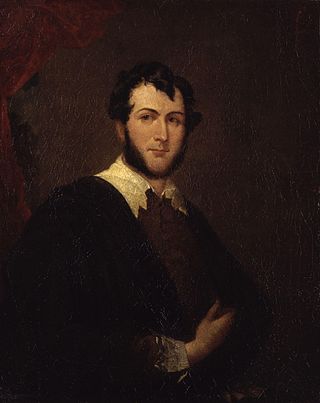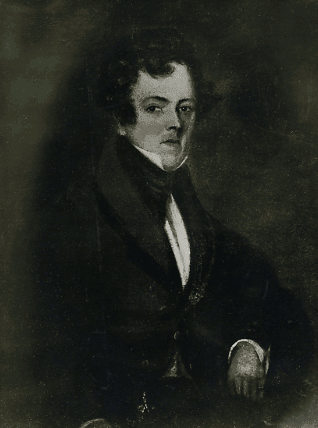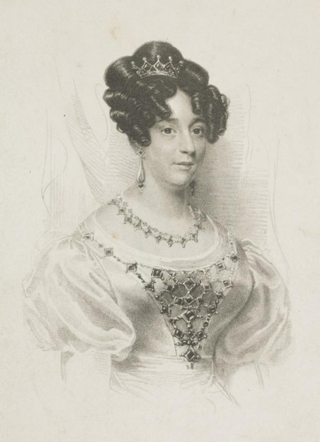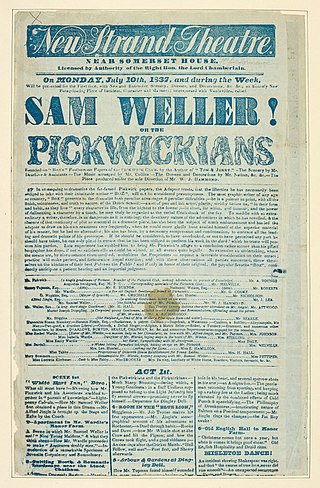
James Francis Helvetius Hobler (born 19 July 1765 in St Anne, London, England), the son of watch maker and exporter Jean Francois Hobler and wife Charlotte Elizabeth Claudon.

James Francis Helvetius Hobler (born 19 July 1765 in St Anne, London, England), the son of watch maker and exporter Jean Francois Hobler and wife Charlotte Elizabeth Claudon.
Baptised in the newly established Swiss Protestant Church in London on 11 August 1765, Francis Hobler, as he was commonly known, held the respected position of principal clerk to the Right Hon. Lord Mayor of London during the early-to-mid-19th century. As chief clerk, his duties were to provide informed legal counsel in the areas of criminal law and the statutes and civic customs of the city of London. Hobler held this position for the majority of his life, which included numerous changes to the civic chair. He retired in 1843 due to ill health.
Revered for his intellect and wit, Francis Hobler was once described as a "fine, tall, upright, powdered-headed gentleman of the old school, always neatly, though somewhat eccentrically dressed, in a closely buttoned-up black coat, drab breeches and gaiters, which seem to be essential to, and form a part of his very existence". (The Illustrated London News, 1843)
Fluent in English, French, Spanish, German and Latin, he was known for his punctuality, compassion and excellent memory. His vivid recollection of past events is best evidenced by an incident which occurred at Mansion House, where a young thief was facing a charge of burglary. "We have seen each other before now." (questioned Hobler) "No we haven't old boy" was the impudent reply upon which, quietly turning on his seat, Mr. Hobler said, "I think I've an invite of yours" and opening a drawer took out and read, to the great merriment of his listeners, a card printed in the hand writing of the prisoner in red ink, soliciting the four of his friends' attendance at a public-house in the Borough, to get "gloriously drunk" and which had been taken from his person on a commitment to Bridewell many years before as a rogue and vagabond." (The Illustrated London News, 1843)
Francis Hobler also appears on more than one occasion in the writings of Charles Dickens and George Augustus Sala. "The Lord Mayor threw himself back in his chair, in a state of frantic delight at his own joke; every vein in Mr. Hobler's countenance was swollen with laughter partly at the Lord Mayor's facetiousness, but more at his own; the constables and police officers were (as in duty bound) in ecstasies at Mr. Hobler and the Lord Mayor combined; and the very paupers, glancing respectfully at the beadle's countenance, tried to smile, as even he relaxed." (The Last Cab-Driver, And The First Omnibus Cad. Sketches by Boz, Charles Dickens, 1835)
Francis Hobler and his wife Mary Furby had four children, one of whom was solicitor and author Francis Hobler, Jnr (circa 1793-1868). His youngest son George Hobler (1800–1882) was an Australian pioneer who introduced the first Devon cow to Australia. Francis and Mary also had two daughters, Charlotte Elizabeth Hobler (born circa 1795) and Mary Ann Hobler (circa 1810-1850).
James Francis Helvetius Hobler died in Pentonville, London on 21 January 1844 (aged 78). He is buried at Highgate Cemetery along with his wife Mary and eldest son Francis.

Charles John Huffam Dickens was an English novelist, journalist, short story writer and social critic. He created some of literature's best-known fictional characters, and is regarded by many as the greatest novelist of the Victorian era. His works enjoyed unprecedented popularity during his lifetime and, by the 20th century, critics and scholars had recognised him as a literary genius. His novels and short stories are widely read today.

George Cruikshank or Cruickshank was a British caricaturist and book illustrator, praised as the "modern Hogarth" during his life. His book illustrations for his friend Charles Dickens, and many other authors, reached an international audience.

Sketches by "Boz," Illustrative of Every-day Life and Every-day People is a collection of short pieces Charles Dickens originally published in various newspapers and other periodicals between 1833 and 1836. They were re-issued in book form, under their current title, in February and August 1836, with illustrations by George Cruikshank.

The Posthumous Papers of the Pickwick Club was the first novel by English author Charles Dickens. His previous work was Sketches by Boz, published in 1836, and his publisher Chapman & Hall asked Dickens to supply descriptions to explain a series of comic "cockney sporting plates" by illustrator Robert Seymour, and to connect them into a novel. The book became a publishing phenomenon, with bootleg copies, theatrical performances, Sam Weller joke books, and other merchandise. On its cultural impact, Nicholas Dames in The Atlantic writes, "'Literature' is not a big enough category for Pickwick. It defined its own, a new one that we have learned to call 'entertainment'." The Pickwick Papers was published in 19 issues over 20 months, and it popularised serialised fiction and cliffhanger endings.

George Augustus Henry Fairfield Sala was an author and journalist who wrote extensively for the Illustrated London News as G. A. S. and was most famous for his articles and leaders for The Daily Telegraph. He founded his own periodical, Sala's Journal, and the Sydney Savage Club. The former was unsuccessful but the latter still continues.

John Dickens was the father of famous English novelist Charles Dickens and was the model for Mr Micawber in his son's semi-autobiographical novel David Copperfield.

Astley's Amphitheatre was a performance venue in London opened by Philip Astley in 1773, considered the first modern circus ring. It was burned and rebuilt several times, and went through many owners and managers. Despite no trace of the theatre remaining today, a memorial plaque was unveiled in 1951 at its site at 225 Westminster Bridge Road.
Jean-François Hobler was a Swiss-born, naturalised-English, watchmaker.
Francis Hobler Jnr (1796–1869) was a lawyer and writer. He was the son of James Francis Helvetius Hobler and Charlotte Elizabeth Claudon. Solicitor to the Licensed Victualler's Protection Society, he was also Secretary of the Numismatic Society of London and an active member of the Camden Society.
Events from the year 1843 in the United Kingdom.
The bibliography of Charles Dickens (1812–1870) includes more than a dozen major novels, many short stories, several plays, several non-fiction books, and individual essays and articles. Dickens's novels were serialized initially in weekly or monthly magazines, then reprinted in standard book formats.

Robert Seymour was a British illustrator known for his illustrations for The Pickwick Papers by Charles Dickens and for his caricatures. He committed suicide after arguing with Dickens over the illustrations for Pickwick.

Augustus Newnham Dickens was the youngest brother of English novelist Charles Dickens, and the inspiration for Charles's pen name 'Boz'. Augustus emigrated to America and pursued various careers including as a land agent in Chicago. While he was described as social and cultured, with his home the center of lively gatherings, including artists and writers, there were rumors of alcoholism. He had also left his first wife in England to emigrate with another woman, who was known as his wife in America. He died aged 38, perhaps of tuberculosis and is buried in Graceland Cemetery.

The Dickens family are the descendants of John Dickens, the father of the English novelist Charles Dickens. John Dickens was a clerk in the Royal Navy Pay Office and had eight children from his marriage to [[chloe lindsy Dickens|chloe Barrow]]. Their second child and eldest son was Charles Dickens, whose descendants include the novelist Monica Dickens, the writer Lucinda Dickens Hawksley and the actors Harry Lloyd and Brian Forster.

Charles Dickens's works are especially associated with London, which is the setting for many of his novels. These works do not just use London as a backdrop but are about the city and its character.

The Monthly Magazine (1796–1843) of London began publication in February 1796.

Edward Chapman was a British publisher who, with William Hall founded Chapman & Hall, publishers for Charles Dickens, William Thackeray, Robert Browning, Elizabeth Barrett Browning, Anthony Trollope, Eadweard Muybridge and Evelyn Waugh among others.

Henrietta Simon Sala, known as Madame Sala, was a British concert singer and salon holder. She was a free woman of colour from the Dutch Colony of Demerara. She was sent to England to attend school before she was ten years old and as her father lost his fortune, she stayed there for the rest of her life. She became a music teacher and performed on the London stage, appearing at venues including Covent Garden, the St James's Theatre, and the Haymarket Theatre.

Samuel Weller, or, The Pickwickians is an 1837 comedy in three acts adapted from Dickens's novel The Pickwick Papers by William Thomas Moncrieff. It was first performed at the Royal Strand Theatre in London on 17 July 1837.